Scientific programme
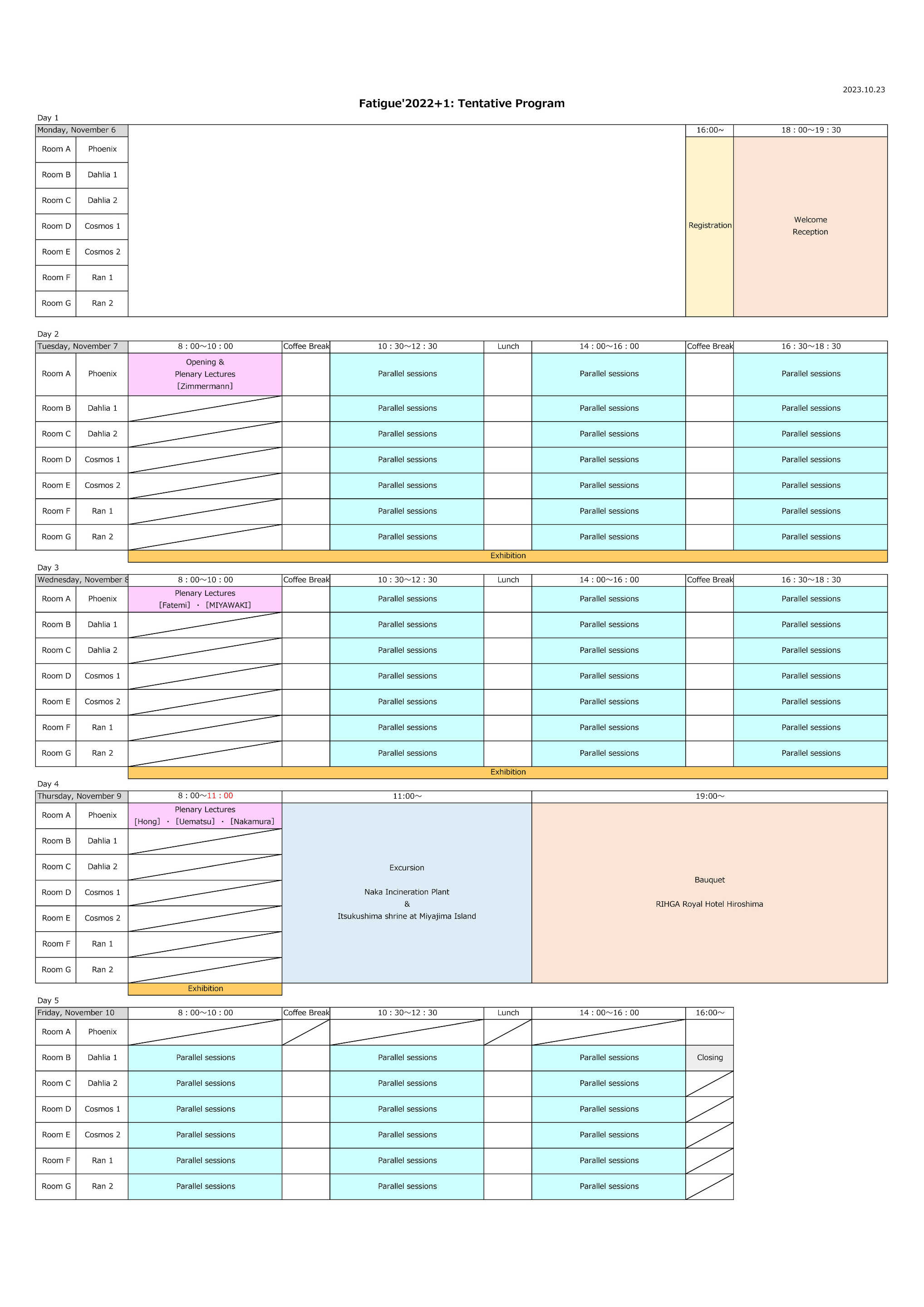
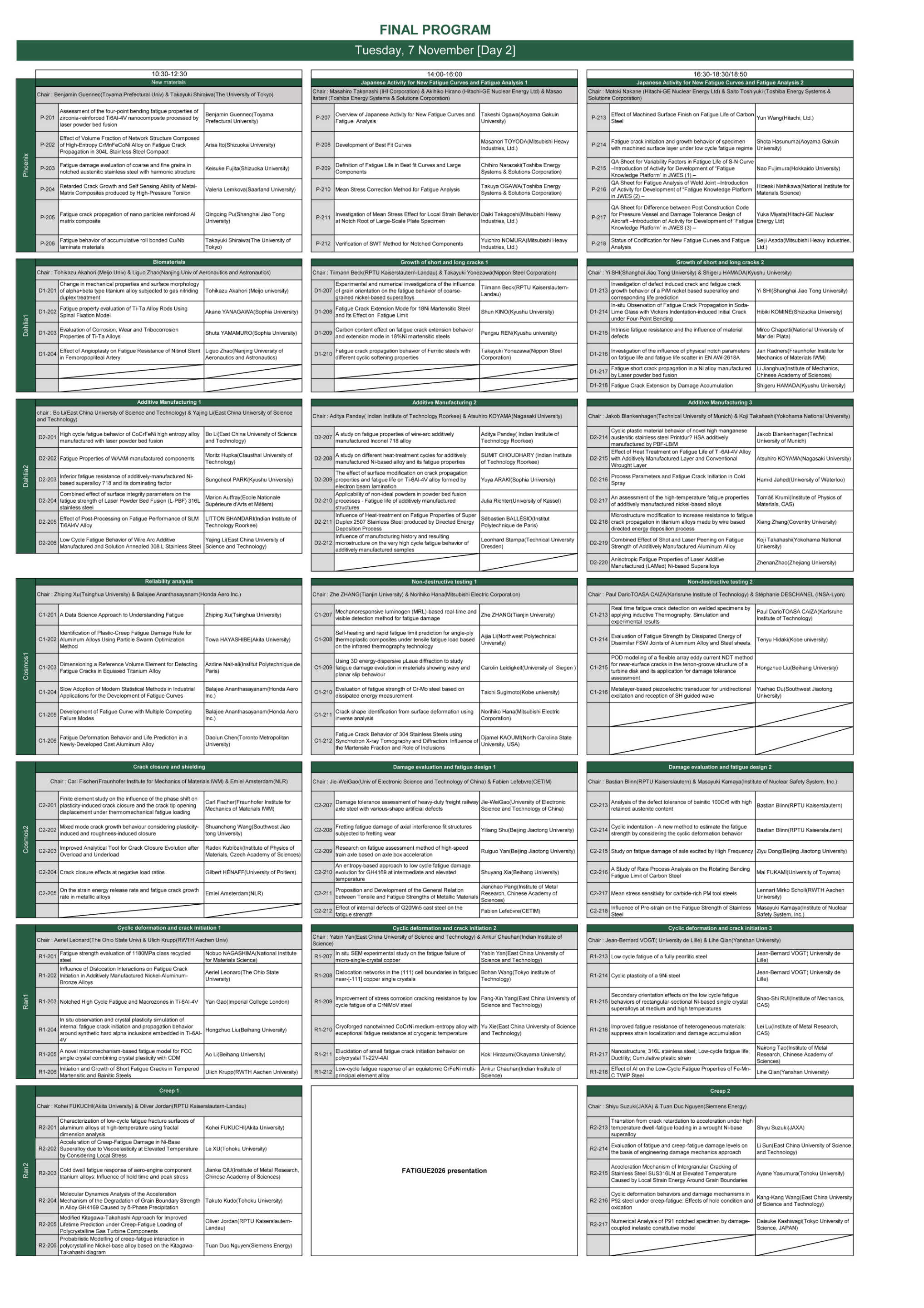

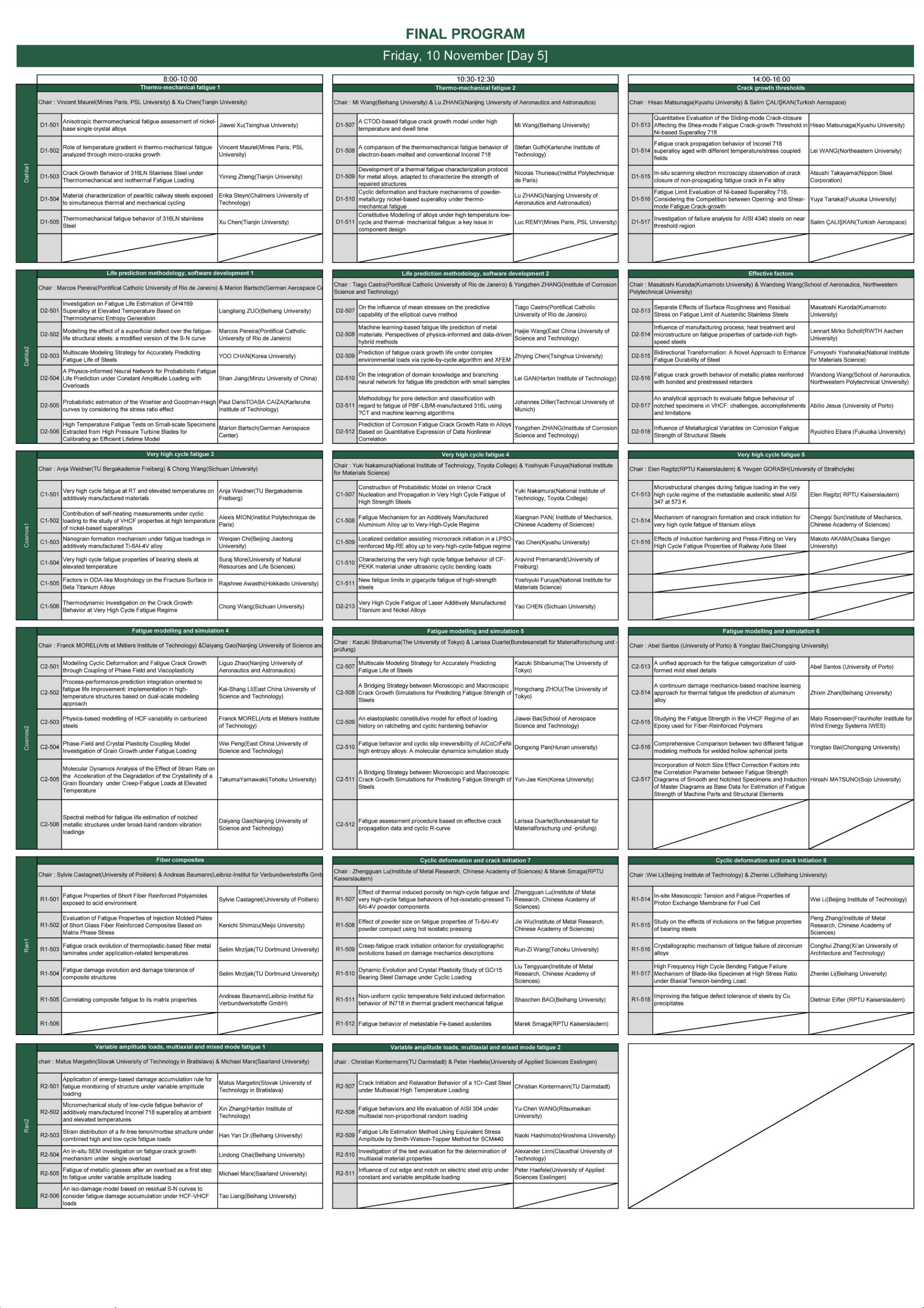
The programme will cover the following topics
- Cyclic deformation and crack initiation
- Growth of short and long cracks
- Crack growth thresholds
- Crack closure and shielding
- Fatigue modelling and simulation
- Very high cycle fatigue
- Non-destructive testing
- Hydrogen embrittlement
- Life prediction methodology, software development
- Damage evaluation and fatigue design
- Variable amplitude loads, multiaxial and mixed mode fatigue
- New materials (MMCs, CMCs, intermetallics, composites, etc.)
- Microelectronic devices and packaging
- Advanced coating systems
- Biomaterials
- Fiber composites
- Creep-fatigue interactions
- Corrosion
- Thermo-mechanical fatigue
- Fretting and contact fatigue
- Statistical and durability aspects
- Reliability analysis
- Databases and expert systems
- Welding, casting, and other manufacturing techniques
- Experimental techniques
- Surface engineering
- Case studies and industrial applications
- Joint
- Additive Manufacturing
- Others
Short bio of the plenary lecturers
Tuesday, November 7
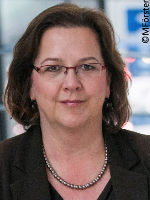
Characterization of Microstructural Effects on the Near-Threshold Fatigue Crack Growth by means of Ultrasonic Fatigue Testing
Martina Zimmermann
Institute of Materials Science, TU Dresden
Fraunhofer Institute for Material and Beam Technology IWS, Dresden
ABSTRACT
Research on the very high cycle fatigue (VHCF) behavior of metallic materials usually focuses on the total service life and the relationship between service life and crack initiation. This approach is justified by the fact that the number of load cycles leading to crack initiation is significantly higher than the number of load cycles located in the crack growth phase. However, a complete description of the damage process must, of course, also include the crack growth phase. The fatigue crack propagation behavior becomes particularly important when a component is already cracked or defect-afflicted right from the beginning. An overview of the specific challenges of fatigue crack growth investigations on the basis of ultrasonic fatigue testing will be given – considering early works performed by the developers of ultrasonic fatigue systems as well as recent own research results on the fatigue crack growth behavior of aluminum and magnesium in the near threshold range.
Wednesday, November 8

Fatigue Life Prediction of Additively Manufactured Metals:
A Hybrid Critical Plane-Fracture Mechanics Approach
Ali Fatemi
Ring Companies Professor and Department Chair
Department of Mechanical Engineering, The University of Memphis, Memphis, TN, USA
13th International Fatigue Congress (Fatigue 2022+1)
Hiroshima-Japan, November 6th to 10th, 2023
ABSTRACT
Although there has been much research and knowledge gained on additive manufacturing (AM) in recent years, its application to safety-critical components prone to fatigue failure remains very limited. This is partly due to the challenges at the current stage of the technology such as defects, surface roughness, and residual stresses. However, another major contributing factor is due to the wide variation in performance resulting from the wide range of the many AM process control parameters and post-process treatments. This contrasts with conventional materials and processes, where such variations in performance are typically much smaller and more predictable. To facilitate better fatigue performance predictability in AM metals, despite the wide variability, a computational framework is proposed where variations such as in microstructure, defects, and residual stresses can be explicitly accounted for with a physics-based approach. This approach combines the successful concept of critical plane based on small crack growth often used for multiaxial fatigue crack initiation, with the fracture mechanics-based crack growth analyses. This talk will present an overview of the proposed approach and demonstrates its application to data generated from Ti-6Al-4V and 17-4 PH stainless steel specimens made by laser-based powder bed fusion (LB-PBF) and with different surface and post-treatment conditions. Different loading conditions including constant as well as variable amplitude axial, torsion, and combined axial-torsion loadings will be considered.
BRIEF BIOGRAPHY OF ALI FATEMI
Dr. Fatemi is currently the Ring Companies Endowed Professor and Chair of the Department of Mechanical Engineering at the University of Memphis. Prior to joining the University of Memphis in August 2017, he was a Distinguished University Professor at the University of Toledo in Ohio. Fatemi's primary research interests and publications involve fatigue and fracture of engineering materials including metals, polymers and elastomers, and composites. He has published over 250 refereed papers dealing with fatigue and fracture with more than 18,000 citations. He is also a co-author of the 2nd edition of Metal Fatigue in Engineering published by Wiley. Dr. Fatemi has directed sponsored research projects from many companies, foundations, and government agencies. He is a Fellow of the American Society of Mechanical Engineers (ASME), a member of the American Academy of Mechanics, and a member of ASTM Committee E-8 on Fatigue and Fracture. He is on the editorial board of the International Journal of Fatigue, Theoretical and Applied Fracture Mechanic, and Fatigue and Fracture of Engineering Materials and Structures.

[Cancelled] Mazda’s Monotsukuri (Manufacturing)
A building block concept for facilitating flexible production
KATSUNORI MIYAWAKI
General Manager, Hiroshima Plant
Mazda Motor Corporation
ABSTRACT
The automotive industry is in the midst of a period of transformation as it responds to the challenges of carbon neutrality and advances in CASE (connected cars, autonomous driving, shared services, and electrification). To adapt to ongoing changes, Mazda has introduced a building block strategy whereby it continually develops new production technologies and integrates them with existing technologies to provide greater flexibility in production. This enables Mazda to make changes to production lines with minimum preparation and investment. The presentation will introduce Mazda’s building block strategy and examples of how Mazda applies it.
Thursday, November 9

High-cycle and very-high-cycle fatigue of additively manufactured metallic materials
Youshi Hong
Professor, Institute of Mechanics, Chinese Academy of Sciences
Institute of Mechanics, Chinese Academy of Sciences, Beijing 100190, China
Abstract
Additive manufacturing (AM) has become a promising technology to produce complex engineering components with high efficiency and relatively low cost. As an echo of manufacturing process, AM parts inevitably contain intrinsic features such as large amounts of surface and internal defects, fine microstructure with inhomogeneity and anisotropy, and remarkable residual stresses. In engineering practice, the performance of high-cycle fatigue (HCF) and very-high-cycle fatigue (VHCF) for AM parts is much concerned because key engineering components require a long service life under cyclic loading, and the behavior of HCF and VHCF for AM parts is different from that of conventionally made counterparts. Among the mentioned features of AM parts, the influence of defects on fatigue behavior is the most vital issue to be investigated.
The topic of this presentation is on the HCF and VHCF behavior of additively manufactured metallic materials especially titanium alloys and aluminum alloys produced by commonly used selective laser melting or laser powder bed fusion. The presentation will focus on how to reduce the defect content by controlling AM processing parameters and post treatments, how to explain the size effect on fatigue performance caused by defects, and how to understand HCF and VHCF mechanisms at different stress ratios of AM parts.
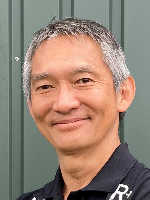
Japan’s First Space Cargo Transfer Vehicle, “KOUNOTORI (HTV),” its Glory and Shadows in 24 Years of Development and Operation
Hirohiko Uematsu
Senior Advisor, Human Spaceflight Technology Directorate
Japan Aerospace Exploration Agency (JAXA)
ABSTRACT
The International Space Station (ISS) is a large observation platform, which was constructed in collaboration of fifteen countries worldwide. The ISS is flying around the earth at an altitude of about 400 kilometers and provides microgravity environment that is hardly available on the ground allowing unique experiments such as protein crystallization in microgravity. Japan participates in this international project with its first manned space facility, Japanese Experiment Module "KIBO" and the first space cargo transfer vehicle “KOUNOTORI,” whose development code name was H-II Transfer Vehicle (HTV). The main objective of HTV is to transfer cargo such as food, clothes and various experiment devices to the ISS, where six astronauts are always present to conduct space-unique experiments.
The HTV project started in 1997 to develop Japan’s first space cargo transfer vehicle with a unique technology call a rendezvous-capture method, which later became a world standard and was employed by other US space vehicles. The first HTV flight was successfully completed in 2009 and so were consecutive flights, and the 9th and the last HTV flight was completed in 2020. Over those 11 years, the HTV1 thorough HTV9 flights were all successful and the media treated us like a hero. But was it true?
At the beginning, we thought this unique rendezvous-capture method would be a huge breakthrough in the space rendezvous technology, but very few people believed it was possible for two reasons: first, this method was technically so difficult that no one ever tried in space before HTV, and secondly, Japan had no experience in space cargo transfer back then (we were treated as amateurs).
In this lecture, I would like to present our backstage struggles, which have never been explicitly treated in the HTV success stories. They may not be glorious stories, but will certainly put lights on the true engineering, which is inherently a muddy world.

In situ observation of small internal fatigue cracks in high-strength metals using synchrotron radiation multiscale X-ray computed tomography
Takashi Nakamura
Division of Mechanical and Aerospace Engineering, Hokkaido University
ABSTRACT
The very high cycle fatigue (VHCF) phenomenon has been recognized and extensively studied in the past quarter century. One of the most peculiar and noticeable characteristics of VHCF is the transition of the origin site from the surface to the interior of the material in long-life regimes over 106–107 cycles. In particular, in high-strength metals, a tiny site can become an origin of internal fatigue cracks, such as nonmetallic inclusions of several micrometers to several tens of micrometers in high-strength steels and crystal grains of several tens of micrometers in titanium alloys. However, such small cracks are difficult to detect using conventional nondestructive approaches, such as industrial X-ray computed tomography (CT) or ultrasonic CT. Given this background, the authors’ group has attempted to use a synchrotron radiation multiscale X-ray CT provided by SPring-8 in Japan. This system comprises a projection CT with a spatial resolution of approximately 1 µm and a phase-contrast imaging CT with a spatial resolution of approximately 200 nm or higher. The present study introduces our experimental approach to clarify internal fatigue crack behaviors using the multiscale X-ray CT with in-situ fatigue testing. Our basic policy on material selection focusing on the VHCF study is explained with the materials used: (α+β) type Ti-6Al-4V, β type Ti-22V-4Al, and 17-4 precipitation-hardened martensite stainless steel. The outline and primary performance of the multiscale X-ray CT are described, and the initiation and growth behaviors of the internal fatigue cracks of the above materials are discussed for an in-depth understanding of the VHCF phenomenon.
Short bio of the plenary lecturers
Tuesday, November 7

Characterization of Microstructural Effects on the Near-Threshold Fatigue Crack Growth by means of Ultrasonic Fatigue Testing
Martina Zimmermann
Institute of Materials Science, TU Dresden
Fraunhofer Institute for Material and Beam Technology IWS, Dresden
ABSTRACT
Research on the very high cycle fatigue (VHCF) behavior of metallic materials usually focuses on the total service life and the relationship between service life and crack initiation. This approach is justified by the fact that the number of load cycles leading to crack initiation is significantly higher than the number of load cycles located in the crack growth phase. However, a complete description of the damage process must, of course, also include the crack growth phase. The fatigue crack propagation behavior becomes particularly important when a component is already cracked or defect-afflicted right from the beginning. An overview of the specific challenges of fatigue crack growth investigations on the basis of ultrasonic fatigue testing will be given – considering early works performed by the developers of ultrasonic fatigue systems as well as recent own research results on the fatigue crack growth behavior of aluminum and magnesium in the near threshold range.
Wednesday, November 8

Fatigue Life Prediction of Additively Manufactured Metals:
A Hybrid Critical Plane-Fracture Mechanics Approach
Ali Fatemi
Ring Companies Professor and Department Chair
Department of Mechanical Engineering, The University of Memphis, Memphis, TN, USA
13th International Fatigue Congress (Fatigue 2022+1)
Hiroshima-Japan, November 6th to 10th, 2023
ABSTRACT
Although there has been much research and knowledge gained on additive manufacturing (AM) in recent years, its application to safety-critical components prone to fatigue failure remains very limited. This is partly due to the challenges at the current stage of the technology such as defects, surface roughness, and residual stresses. However, another major contributing factor is due to the wide variation in performance resulting from the wide range of the many AM process control parameters and post-process treatments. This contrasts with conventional materials and processes, where such variations in performance are typically much smaller and more predictable. To facilitate better fatigue performance predictability in AM metals, despite the wide variability, a computational framework is proposed where variations such as in microstructure, defects, and residual stresses can be explicitly accounted for with a physics-based approach. This approach combines the successful concept of critical plane based on small crack growth often used for multiaxial fatigue crack initiation, with the fracture mechanics-based crack growth analyses. This talk will present an overview of the proposed approach and demonstrates its application to data generated from Ti-6Al-4V and 17-4 PH stainless steel specimens made by laser-based powder bed fusion (LB-PBF) and with different surface and post-treatment conditions. Different loading conditions including constant as well as variable amplitude axial, torsion, and combined axial-torsion loadings will be considered.
BRIEF BIOGRAPHY OF ALI FATEMI
Dr. Fatemi is currently the Ring Companies Endowed Professor and Chair of the Department of Mechanical Engineering at the University of Memphis. Prior to joining the University of Memphis in August 2017, he was a Distinguished University Professor at the University of Toledo in Ohio. Fatemi's primary research interests and publications involve fatigue and fracture of engineering materials including metals, polymers and elastomers, and composites. He has published over 250 refereed papers dealing with fatigue and fracture with more than 18,000 citations. He is also a co-author of the 2nd edition of Metal Fatigue in Engineering published by Wiley. Dr. Fatemi has directed sponsored research projects from many companies, foundations, and government agencies. He is a Fellow of the American Society of Mechanical Engineers (ASME), a member of the American Academy of Mechanics, and a member of ASTM Committee E-8 on Fatigue and Fracture. He is on the editorial board of the International Journal of Fatigue, Theoretical and Applied Fracture Mechanic, and Fatigue and Fracture of Engineering Materials and Structures.

[Cancelled] Mazda’s Monotsukuri (Manufacturing)
A building block concept for facilitating flexible production
KATSUNORI MIYAWAKI
General Manager, Hiroshima Plant
Mazda Motor Corporation
ABSTRACT
The automotive industry is in the midst of a period of transformation as it responds to the challenges of carbon neutrality and advances in CASE (connected cars, autonomous driving, shared services, and electrification). To adapt to ongoing changes, Mazda has introduced a building block strategy whereby it continually develops new production technologies and integrates them with existing technologies to provide greater flexibility in production. This enables Mazda to make changes to production lines with minimum preparation and investment. The presentation will introduce Mazda’s building block strategy and examples of how Mazda applies it.
Thursday, November 9
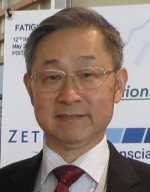
High-cycle and very-high-cycle fatigue of additively manufactured metallic materials
Youshi Hong
Professor, Institute of Mechanics, Chinese Academy of Sciences
Institute of Mechanics, Chinese Academy of Sciences, Beijing 100190, China
Abstract
Additive manufacturing (AM) has become a promising technology to produce complex engineering components with high efficiency and relatively low cost. As an echo of manufacturing process, AM parts inevitably contain intrinsic features such as large amounts of surface and internal defects, fine microstructure with inhomogeneity and anisotropy, and remarkable residual stresses. In engineering practice, the performance of high-cycle fatigue (HCF) and very-high-cycle fatigue (VHCF) for AM parts is much concerned because key engineering components require a long service life under cyclic loading, and the behavior of HCF and VHCF for AM parts is different from that of conventionally made counterparts. Among the mentioned features of AM parts, the influence of defects on fatigue behavior is the most vital issue to be investigated.
The topic of this presentation is on the HCF and VHCF behavior of additively manufactured metallic materials especially titanium alloys and aluminum alloys produced by commonly used selective laser melting or laser powder bed fusion. The presentation will focus on how to reduce the defect content by controlling AM processing parameters and post treatments, how to explain the size effect on fatigue performance caused by defects, and how to understand HCF and VHCF mechanisms at different stress ratios of AM parts.

Japan’s First Space Cargo Transfer Vehicle, “KOUNOTORI (HTV),” its Glory and Shadows in 24 Years of Development and Operation
Hirohiko Uematsu
Senior Advisor, Human Spaceflight Technology Directorate
Japan Aerospace Exploration Agency (JAXA)
ABSTRACT
The International Space Station (ISS) is a large observation platform, which was constructed in collaboration of fifteen countries worldwide. The ISS is flying around the earth at an altitude of about 400 kilometers and provides microgravity environment that is hardly available on the ground allowing unique experiments such as protein crystallization in microgravity. Japan participates in this international project with its first manned space facility, Japanese Experiment Module "KIBO" and the first space cargo transfer vehicle “KOUNOTORI,” whose development code name was H-II Transfer Vehicle (HTV). The main objective of HTV is to transfer cargo such as food, clothes and various experiment devices to the ISS, where six astronauts are always present to conduct space-unique experiments.
The HTV project started in 1997 to develop Japan’s first space cargo transfer vehicle with a unique technology call a rendezvous-capture method, which later became a world standard and was employed by other US space vehicles. The first HTV flight was successfully completed in 2009 and so were consecutive flights, and the 9th and the last HTV flight was completed in 2020. Over those 11 years, the HTV1 thorough HTV9 flights were all successful and the media treated us like a hero. But was it true?
At the beginning, we thought this unique rendezvous-capture method would be a huge breakthrough in the space rendezvous technology, but very few people believed it was possible for two reasons: first, this method was technically so difficult that no one ever tried in space before HTV, and secondly, Japan had no experience in space cargo transfer back then (we were treated as amateurs).
In this lecture, I would like to present our backstage struggles, which have never been explicitly treated in the HTV success stories. They may not be glorious stories, but will certainly put lights on the true engineering, which is inherently a muddy world.

In situ observation of small internal fatigue cracks in high-strength metals using synchrotron radiation multiscale X-ray computed tomography
Takashi Nakamura
Division of Mechanical and Aerospace Engineering, Hokkaido University
ABSTRACT
The very high cycle fatigue (VHCF) phenomenon has been recognized and extensively studied in the past quarter century. One of the most peculiar and noticeable characteristics of VHCF is the transition of the origin site from the surface to the interior of the material in long-life regimes over 106–107 cycles. In particular, in high-strength metals, a tiny site can become an origin of internal fatigue cracks, such as nonmetallic inclusions of several micrometers to several tens of micrometers in high-strength steels and crystal grains of several tens of micrometers in titanium alloys. However, such small cracks are difficult to detect using conventional nondestructive approaches, such as industrial X-ray computed tomography (CT) or ultrasonic CT. Given this background, the authors’ group has attempted to use a synchrotron radiation multiscale X-ray CT provided by SPring-8 in Japan. This system comprises a projection CT with a spatial resolution of approximately 1 µm and a phase-contrast imaging CT with a spatial resolution of approximately 200 nm or higher. The present study introduces our experimental approach to clarify internal fatigue crack behaviors using the multiscale X-ray CT with in-situ fatigue testing. Our basic policy on material selection focusing on the VHCF study is explained with the materials used: (α+β) type Ti-6Al-4V, β type Ti-22V-4Al, and 17-4 precipitation-hardened martensite stainless steel. The outline and primary performance of the multiscale X-ray CT are described, and the initiation and growth behaviors of the internal fatigue cracks of the above materials are discussed for an in-depth understanding of the VHCF phenomenon.



